Coca-Cola. Harley-Davidson. Nike. Budweiser. Valued by customers more for what they symbolize than for what they do, products like these are more than brands–they are cultural icons. How do managers create brands that resonate so powerfully with consumers? Based on extensive historical analyses of some of America’s most successful iconic brands, including ESPN, Mountain Dew, Volkswagen, Budweiser, and Harley-Davidson, this book presents the first systematic model to explain how brands become icons. Douglas B. Holt shows how iconic brands create “identity myths” that, through powerful symbolism, soothe collective anxieties resulting from acute social change. Holt warns that icons can’t be built through conventional branding strategies, which focus on benefits, brand personalities, and emotional relationships. Instead, he calls for a deeper cultural perspective on traditional marketing themes like targeting, positioning, brand equity, and brand loyalty–and outlines a distinctive set of “cultural branding” principles that will radically alter how companies approach everything from marketing strategy to market research to hiring and training managers. Until now, Holt shows, even the most successful iconic brands have emerged more by intuition and serendipity than by design. With How Brands Become Icons, managers can leverage the principles behind some of the most successful brands of the last half-century to build their own iconic brands. Douglas B. Holt is associate professor of Marketing at Harvard Business School.
How Brands Become Icons: The Principles of Cultural Branding
KSh 2,795.00
Coca-Cola. Harley-Davidson. Nike. Budweiser. Valued by customers more for what they symbolize than for what they do, products like these are more than brands–they are cultural icons. How do managers create brands that resonate so powerfully with consumers? Based on extensive historical analyses of some of America’s most successful iconic brands, including ESPN, Mountain Dew, Volkswagen, Budweiser, and Harley-Davidson, this book presents the first systematic model to explain how brands become icons. Douglas B. Holt shows how iconic brands create “identity myths” that, through powerful symbolism, soothe collective anxieties resulting from acute social change. Holt warns that icons can’t be built through conventional branding strategies, which focus on benefits, brand personalities, and emotional relationships. Instead, he calls for a deeper cultural perspective on traditional marketing themes like targeting, positioning, brand equity, and brand loyalty–and outlines a distinctive set of “cultural branding” principles that will radically alter how companies approach everything from marketing strategy to market research to hiring and training managers. Until now, Holt shows, even the most successful iconic brands have emerged more by intuition and serendipity than by design. With How Brands Become Icons, managers can leverage the principles behind some of the most successful brands of the last half-century to build their own iconic brands. Douglas B. Holt is associate professor of Marketing at Harvard Business School.
1 in stock
Related products
-
Sales Essentials: All You Need to Know to Be a Successful Salesperson-From Cold Calling and Prospecting with E-Mail to Increasing the Buy and Closing – Softcover11
KSh 1,195.00Having trouble closing your deals? Hitting a frustrating plateau with your sales numbers? Feel that upselling is a lost cause? Let sales guru Stephan Schiffman drive your sales pitches up a notch with his tried-and-true techniques – and get results immediately! Stephan Schiffman’s Sales Essentials includes time-tested tips on: Mastering the cold call Using email as a selling tool Raising the stakes to “up” your next buy Closing the deal – every time! Plus, you’ll also find 50 surefire questions to ask to make deal after deal, year after year. Packed with insider information you need to beat the competition, you can’t afford not to read Stephan Schiffman’s Sales Essentials!
-
Suze Orman’s Financial Guidebook: Put the 9 Steps to Work Paperback
KSh 1,295.00A One-on-One Financial Planning Session with Suze Orman
With her New York Times bestseller The 9 Steps to Financial Freedom, America’s leading financial expert Suze Orman transformed the concept of money forever by teaching us to recognize the emotional aspects of our relationship with it. Now, this fully revised edition of Suze Orman’s Financial Guidebook translates Suze’s own brand of motivation and inspiration into a user-friendly, hands-on workbook that will empower you to work through the nuts and bolts of personal finance, with Suze as your trusted adviser.
Updated to keep you abreast of our quickly shifting economy, you’ll find:
• Insightful exercises, quizzes, and worksheets to help you understand how your parents’ relationship with money affects yours, and what money means to you
• Up-to-the-minute information on tax codes, IRA rules and regulations, and long-term-care insurance
• Useful strategies for coping with the ever-changing landscape of educational costs, social security, and the stock market
• An outline of key questions that every financial adviser should ask you upon your initial meeting
• An in-depth analysis of all your monthly expenses, providing a realistic picture of just how much money you have to work with and how you may not be respecting your money as much as you should
Regardless of your age and income, it is never too early or too late to take control of your money. Suze Orman’s Financial Guidebook is the perfect companion to The 9 Steps to Financial Freedom, the personal finance classic that changed the way millions of Americans viewed money. Full of self-tests, thought-provoking questions, and Suze’s easy-to-understand personal finance advice, here is your empowering approach to achieving financial freedom forever, with the best guide possible.
-
Fighting the Banana Wars and Other Fairtrade Battles
KSh 1,395.00It started very small and full of hope. But its daring campaigns have placed Fairtrade goods at the heart of the supermarket shelves. From bananas and coffee beans to cotton and chocolate, Fairtrade has grown to become an important global movement that has revolutionised the way we shop. As Harriet Lamb, Director of the Fairtrade Foundation, explains in this fascinating story, Fairtrade is about a better deal for workers and famers in the developing world.It’s about making sure the food on our plates, and shirts on our backs, don’t rob people in other countries of the means to feed or clothe themselves. She explores the journey, through an often unjust system, that Fairtrade items make from farm to consumer. And she uncovers the shocking cost of our demand for cheaper food. There is much still to be done. But by hard work and high ideals, Fairtrade is starting to transform the lives of over 7 million farmers, workers and their families, and is a powerful symbol of how extraordinary change can be achieved against all the odds – by us all.
-
How to Talk So People Listen: Connecting in Today’s Workplace
KSh 1,500.00At a time when it’s harder than ever to get and keep people’s attention, we could all use some help. Enter Sonya Hamlin, author of the now classic How to Talk So People Listen (1988), and one of the country’s leading communication experts. In this revised and updated edition, Sonya Hamlin, arguably America’s leading communication expert, shows us how to successfully capture people’s attention so that they listen, understand,…
-
Strategic Management and Business Policy: Globalization, Innovation and Sustainability, Global Edition
KSh 14,000.00For courses in Strategic Management and Business Policy.
Utilize a strategic management model to learn and apply key concepts through cases
Picking up where the popular previous editions left off, Strategic Management and Business Policy: Globalization, Innovation and Sustainability, 15th Edition further sharpens and modernizes this classic text’s approach to teaching strategy with an emphasis on globalization, innovation, and sustainability. Throughout, the authors equip students with the strategic concepts they will need to know as they face the issues that all organizations must build upon to push their businesses forward. In this edition, Alan Hoffman and Chuck Bamford bring a fresh perspective to this extraordinarily well-researched and practically crafted lesson. Also included is a new chapter on Global Strategy, along with new vignettes and comprehensive, real-world case studies.
Pearson MyLabTM Management not included. Students, if Pearson MyLab Management is a recommended/mandatory component of the course, please ask your instructor for the correct ISBN and course ID. Pearson MyLab Management should only be purchased when required by an instructor. Instructors, contact your Pearson rep for more information.
Pearson MyLab Management is an online homework, tutorial, and assessment product designed to personalize learning and improve results. With a wide range of interactive, engaging, and assignable activities, students are encouraged to actively learn and retain tough course concepts.
Features
This title is a Pearson Global Edition. The Editorial team at Pearson has worked closely with educators around the world to include content, which is especially relevant to students outside the United States.
Focus on globalization, innovation, and sustainability
· NEW! A completely new chapter on Global Strategy has been added. While globalization is discussed in every chapter of the book, including a Global Issues section in each chapter, this stand-alone chapter addresses the key issues of entry, international coordination, stages of international development, international employment, and measurement of performance.
· NEW! and UPDATED! Vignettes on sustainability, globalization, and innovation appear in every chapter of the text.
· UPDATED! Every example, chapter opening, and story has been updated. This includes chapter-opening vignettes examining companies such as Tesla, Pizza Hut, KTMrcher, Toyota, Purbani Group, and United Airlines, among many others
-
Strategic Management in the Media: Theory to Practice
KSh 4,000.00“This book provides vital insights into the elements of strategy and their application to media firms. Solidly grounded in theory but not pedantic, it is essential reading for those who make or wish to comprehend choices of media companies.”
– Robert Picard, University of Jönköping
“Insightful, contextually analytical, yet easy to comprehend, Strategic Management in the Media successfully applies the adaptive and interpretative areas of strategic theory in the media sectors. It provides a unique perspective in which common themes linking media strategy and industry environment are thoughtfully discussed.”
– Sylvia M. Chan-Olmsted, University of Florida“…an invaluable asset for students of media management. The use of pertinent examples and case studies throughout brings the analysis to life and contributes to a highly readable introduction.”
– Gillian Doyle, University of GlasgowThis book is a comprehensive, accessible and expert introduction to strategy within a media management context.
It is divided into two parts – part one providess an introduction to and overview of the media industry from a strategic management perspective, looking in detail at the sectors that together comprise the industry – newspaper, book and magazine publishing, music, radio and television – and the strategic forces at work in each. This provides the foundation for part two, which analyses a number of strategic topics central to the media sector, such as technological change, organisational structure, leadership, and creativity and innovation.
The chapters follow the same structure: the relevant theory is outlined, its application to the media industry is discussed, and case studies from the media industry are used to illustrate the theory and illuminate its relevance for the media field. The cases and examples used come from all sectors of the industry and a range of geographic regions and include News Corporation, Endemol, BBC, Bertelsmann, CNN, MTV, Disney and Pixar.
-
The Road to Organic Growth: How Great Companies Consistently Grow Marketshare from Within Hardcover – January 3, 2007
KSh 1,995.00A rigorous two-year study of the top 800 value-creating public companies found that growth generated internally through a commitment to customer satisfaction, employee engagement, and profitability resulted in consistent employee retention, stock value improvements, and better returns on investment.
In The Road to Organic Growth, Edward Hess shares the full results of his breakthrough study, providing fresh, and often-surprising perspectives on what it really takes to foster organic growth. Using instructive examples from leading companies such as SYSCO, Best Buy,Tiffany & Company, Outback Steakhouse, and Stryker Corporation, Hess reveals the strategies these trailblazers used to achieve long-term growth from within.
Drawing upon original research, interviews, and in-depth corporate studies, Hess identifies the six keys to achieving organic growth and-most important-explains how to seamlessly and consistently incorporate them into a formula for sustainability and competitive advantage to
- Develop a simple, easy-to-understand business model and growth strategy
- Be entrepreneurial at the point of customer contact
- Measure everything-from finances to operations to behaviors
- Build an engaged, loyal, and multi-talented people pipeline
- Find humble, internally-focused operators to lead your company
- Be an execution and technology champion
The Road to Organic Growth proves that you can build a sustainable, successful business without the expense of acquisitions, financial manipulations, or devaluing your employees. By exceeding customer expectations, building an employee-centric organization, and focusing intensely on measurement and performance, your company will achieve consistent, solid growth from within.
-
Strategic Management
KSh 1,295.00This comprehensive text provides fundamental and broad knowledge about strategic management and policy. It offers a thorough, state-of-the-art treatment of the critical business skills that are required to plan and manage strategic activities and business policies in todays corporate world. It introduces the readers to the various tools and techniques being used by the firms competing in the national, as well as in the global economy. The book has been enriched with examples and brief descriptions given as Strategic Memo in each chapter. The case studies given at the end of the book can be used to teach and discuss a comprehensive

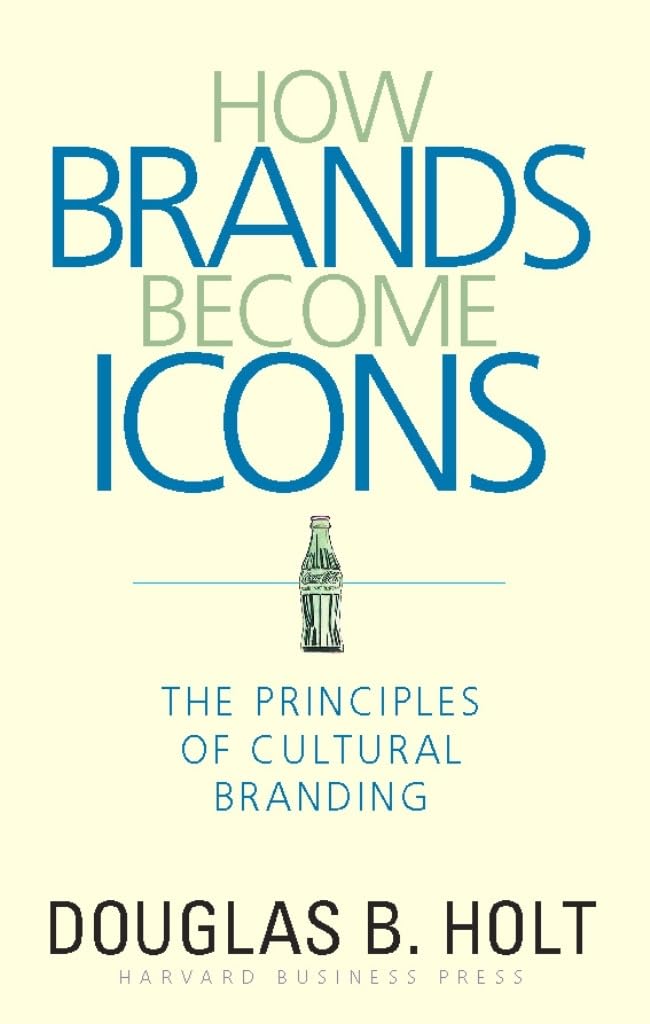
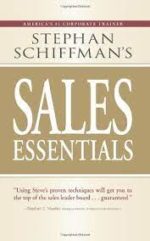
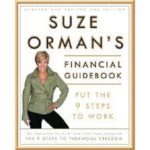

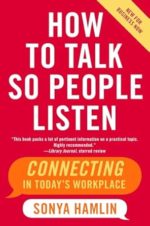

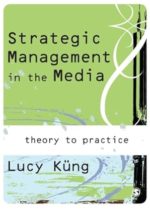
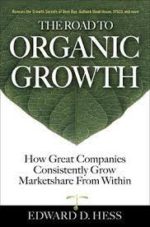

Be the first to review “How Brands Become Icons: The Principles of Cultural Branding”